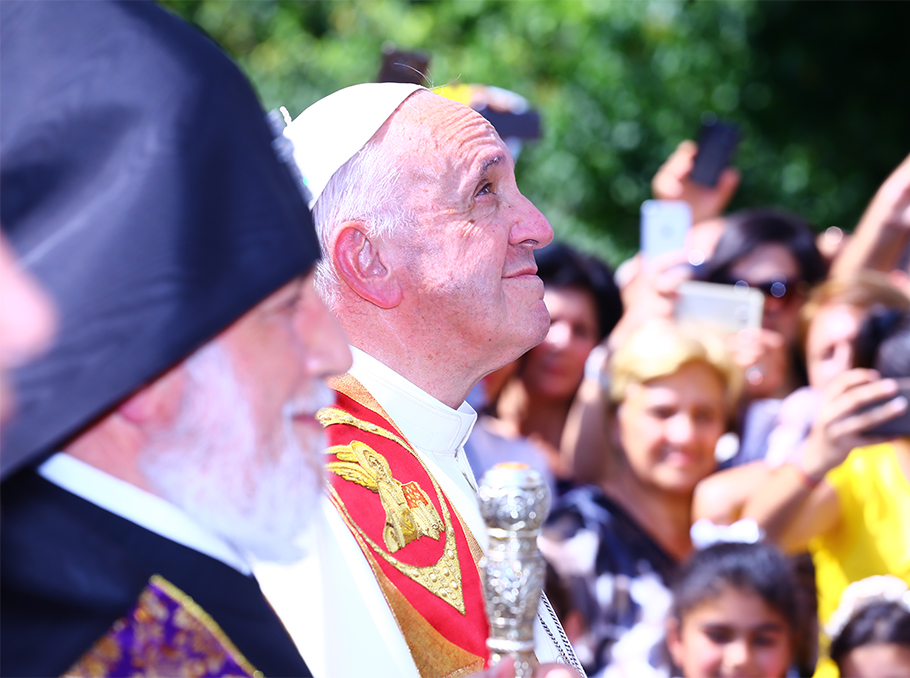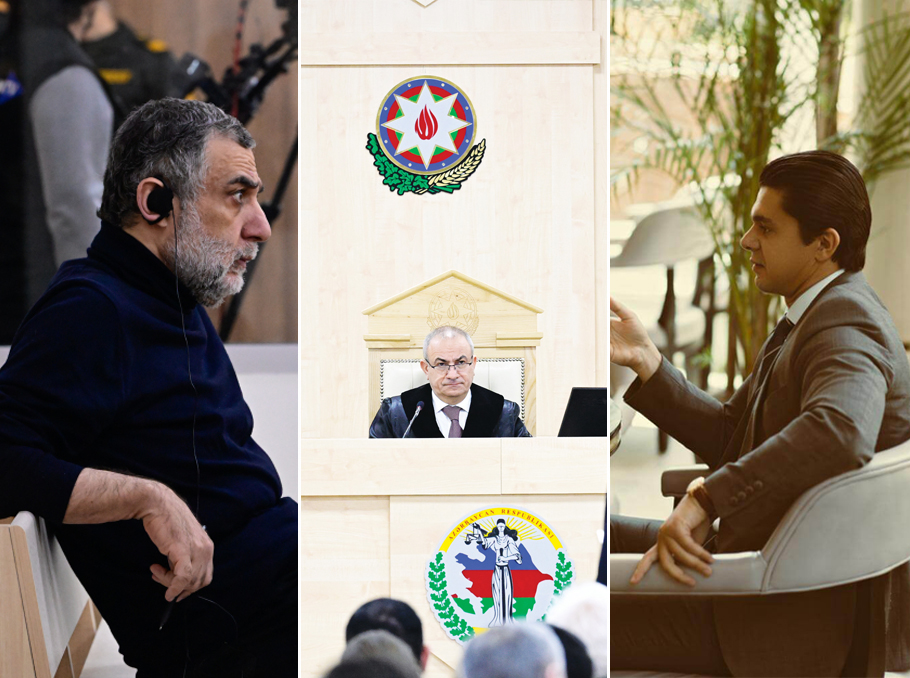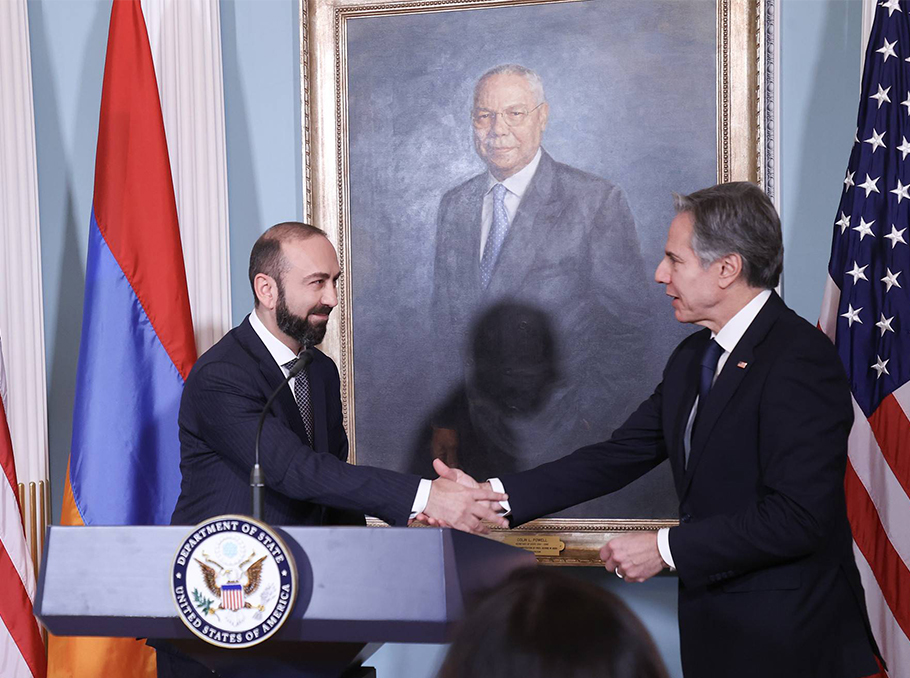At the February 12 session of the Republican Party Council, Armenian President Serzh Sargsyan said: “The concept of the constitutional changes has long been ready and it is on my table. Nothing has interfered and does not interfere with signing of the relevant document and embarking on elaboration of the new draft Constitution”.
This publication of Mediamax's Key section is devoted to the constitutional reforms.
1. When and how was the Armenian Constitution adopted?
The Constitution was adopted by the referendum on July 5, 1995. On August 23, 1990, the Supreme Council adopted the Declaration of Independence of Armenia. The 12th provision of the Declaration envisaged elaboration of the Constitution, activities of the state structures and new legislation of the Republic.
1,217,531 out of 2,189,804 citizens having a voting right took part in the 1995 referendum. 828,370 people voted “for”, and 349,721 - “against”. Thus, the 55.66% of the eligible citizens voted “for” the project.
2. How is the Armenian Constitution amended?
The Constitution is adopted and amended by a referendum proposed by the President of the Republic with the consent or suggestion of the National Assembly. Under the law “On Referendum”, “the draft submitted for a referendum is approved if more than half of the voters but not less than 1/3 of the enlisted citizens vote “for”.
3. When and why was 1995 Constitution reformed?
A need for reforming the Constitution emerged in 2001 when Armenia joined the Council of Europe. The package of constitutional amendments was put to a referendum in 2003 but it failed. 2 years later, on November 27, 2005, the amended draft of reforms was put to a referendum.
1,514,545 out of the 2,317,462 citizens having the voting right took part in the referendum, and 1,411,711 voted “for”.
4. What substantial changes were made in 2005?
The amendments made in 2005 concerned the order of governance and distribution of powers. Unlike 1995 Constitution, the powers of the President considerably reduced and the role of the National Assembly tangibly expanded. Under the new amendments, the President could appoint a Prime Minister only after consulting with the National Assembly factions. The President’s exclusive right to dissolve the National Assembly was also cancelled; it only applied to certain cases. The judicial system was also rearranged.
5. What does the new concept of constitutional reforms envisage?
Under the President's decree on September 4, 2013, a special commission for constitutional reforms at the President was set up.
According to the decree, the decision was made ''stemming from the need for enforcing the principle of supremacy of right, improving the constitutional structures for ensuring fundamental human rights and freedoms, guaranteeing the full balance of powers and enhancing the public administration effectiveness''.
By the new concept, Republic of Armenia shifts from presidential to parliamentary system of governance.
According to the concept, the President of the Republic is elected by the National Assembly on a term of 7 years, without the right of being re-elected, among the non-party candidates having the voting right.
The Prime Minister assumes the post as a result of the parliamentary elections, the government is formed by the Prime Minister and only reports to the National Assembly.
The National Assembly, as a legislative power, takes control of the supreme body of the executive power - the government - and the President controls the executive and legislative powers' performance of the rules set by the Constitution.
6. What did the President say?
In March 2014, the initial version of the draft of the Constitutional reforms was submitted to Armenian President Serzh Sargsyan. The latter stated that he wouldn't run for presidency after the amendments.
''I officially state that I won’t ever run for President of Armenia. If it’s decided to choose a way which I don’t agree with - I mean parliamentary form of government - as a result of final discussions, I won’t have claims for the post of the Prime Minister either'', said Serzh Sargsyan.
Despite this, the opponents of the constitutional reforms claim that the main reason for the reforms is ''the reproduction of the current authorities ''.
Speaking about it on February 12, the Armenian President said: “The reforms concern most important issues, not persons or the reproduction of the authorities - as it’s being much spoken of. It’s absurd, sheer absurd and nonsense”.
Marie Taryan





























Comments
Dear visitors, You can place your opinion on the material using your Facebook account. Please, be polite and follow our simple rules: you are not allowed to make off - topic comments, place advertisements, use abusive and filthy language. The editorial staff reserves the right to moderate and delete comments in case of breach of the rules.